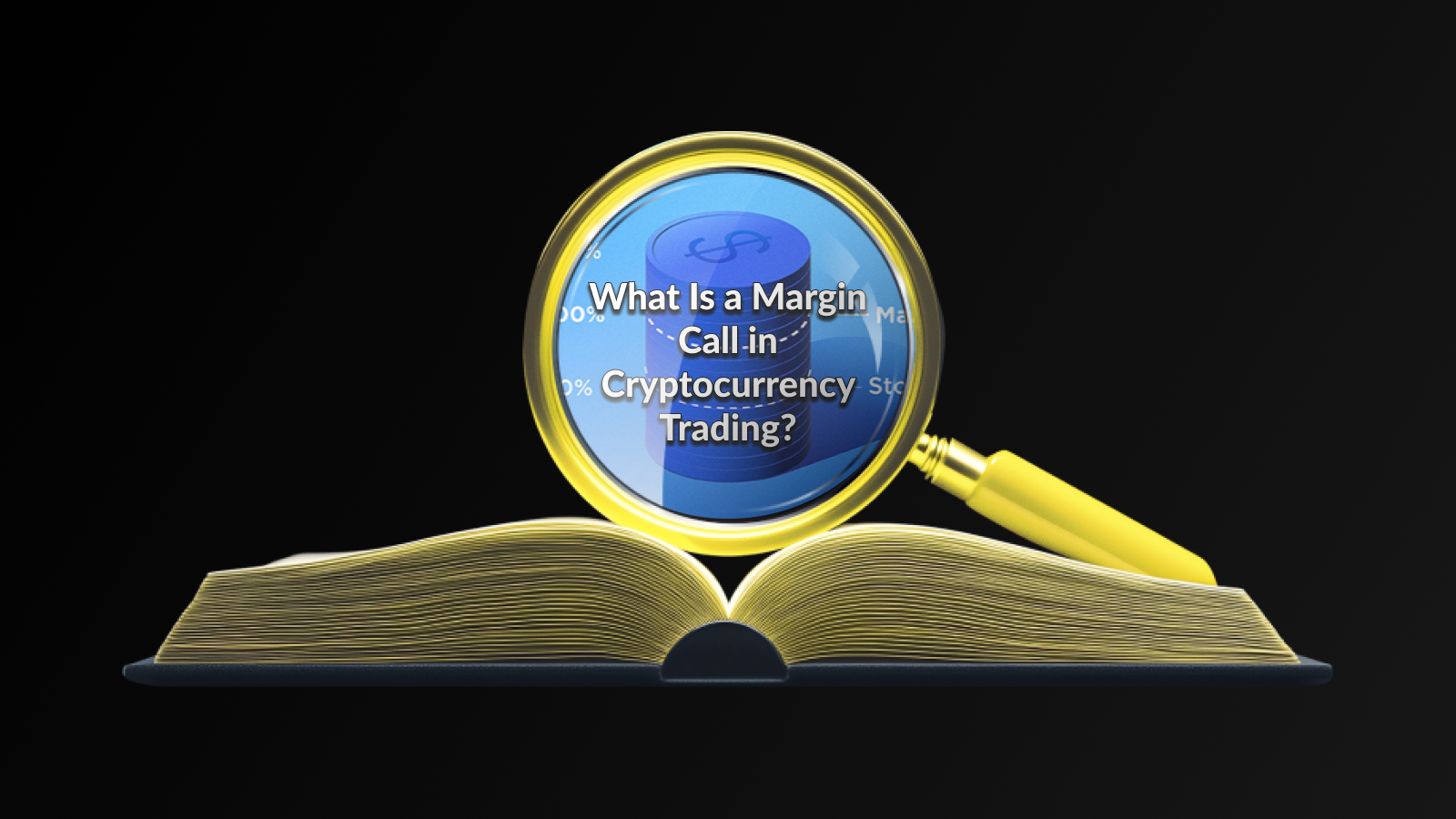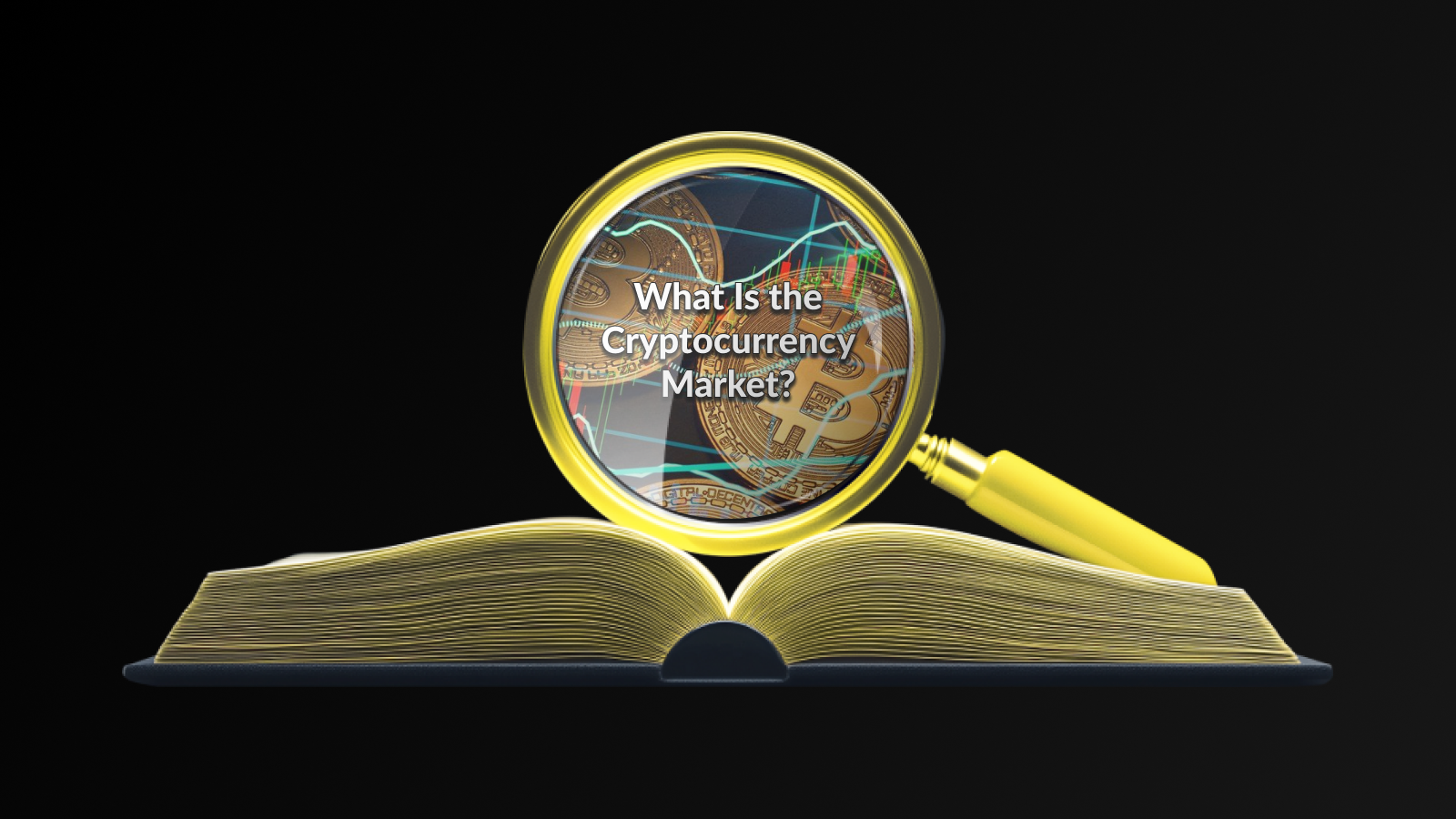Introduction
Learn about margin calls, how they work, real-life examples, and strategies to avoid them for a safer trading experience.
A margin call is a crucial concept in cryptocurrency trading, impacting how traders manage their investments and risk levels. When engaging in margin trading, investors borrow funds to amplify their buying power, which allows them to take larger positions than they could with their own capital alone. However, this increased potential for profit comes with increased risks, one of which is the occurrence of a margin call.
A margin call typically happens when the value of an investor’s account falls below the broker’s required margin level due to adverse price movements. This situation compels traders to either deposit more funds into their accounts or liquidate some of their positions to meet the minimum requirements. Understanding this process is vital for anyone participating in cryptocurrency trading.
Traders must monitor their positions closely and be prepared for sudden market fluctuations that can trigger a margin call. By doing so, they can better manage their risk and make informed decisions about their investments. A clear comprehension of how margin calls operate can significantly affect a trader’s overall strategy and success in the volatile cryptocurrency market.
Being proactive and knowledgeable about margin requirements is essential for maintaining resilience in the face of market uncertainties. This foresight will not only protect your investments but also enhance your trading experience.
How Does a Margin Call Work?
A margin call occurs when the value of a trader’s account, used for borrowing funds in order to trade larger positions, falls below the required threshold set by the exchange or broker. This is particularly relevant in the realm of cryptocurrency trading, where asset prices can be notoriously volatile. When the equity in a trader’s margin account dips, brokers may require them to either deposit additional funds or sell off assets to cover the deficit.
The process typically begins after a trader has borrowed funds to increase their buying power in the market. If the market moves against them, the broker will send a notification stating that the account no longer meets the margin requirement. This can happen swiftly in the cryptocurrency landscape, where prices can fluctuate dramatically within short time frames.
If the trader fails to act upon receiving a margin call, the broker has the right to liquidate their positions to recover the outstanding loan amount. This means that the trader might lose money not only from the value of the assets but also from additional fees or penalties associated with liquidation. Hence, understanding how a margin call operates is crucial for anyone engaging in cryptocurrency trading.
To summarize, a margin call serves as a warning signal that a trader is at risk of falling below their required equity level. Prompt actions can mitigate potential losses and preserve capital in the high-stakes world of cryptocurrency.
Example of a Margin Call
To illustrate how a margin call works in the context of cryptocurrency trading, consider a trader who decides to open a leveraged position. Let’s say they have $1,000 in their trading account and decide to use 5x leverage to buy Bitcoin. This means they can control a position worth $5,000 ($1,000 x 5).
Initially, the trader buys Bitcoin at $10,000 per coin, acquiring 0.5 BTC. However, over the next few days, the price of Bitcoin drops to $8,000. The total value of the trader’s position is now $4,000 (0.5 BTC x $8,000). Since the trader’s account balance is $1,000 and the collateral for the margin is diminishing, the equity in the account becomes crucial in determining whether a margin call occurs.
In this scenario, if the exchange has a maintenance margin requirement of 20%, the trader must maintain at least $1,000 x 20% = $200 in equity. However, with the position now only worth $4,000 and a loan of $3,000 (the difference between the position value and the trader’s equity), their equity has dropped to $1,000 – $3,000 = -$2,000, triggering a margin call.
The exchange will notify the trader that they need to deposit additional funds into their account to meet the minimum equity requirement. If they fail to do so, the exchange may liquidate their position to cover the debt, ultimately leading to significant losses.
Avoiding a margin call in cryptocurrency trading is essential for maintaining your investment strategy and minimizing potential losses. One of the most effective ways to prevent a margin call is to monitor your account actively and keep a close eye on your leverage. By using lower leverage, you can reduce your risk of experiencing a margin call, as there will be a larger buffer before your equity falls to the required maintenance margin level.
Another crucial strategy is to set stop-loss orders strategically. These orders can automatically limit your potential losses by closing your position once the price reaches a predetermined level. By utilizing stop-loss orders, you can effectively protect your investment from significant market downturns that might trigger a margin call.
Additionally, regularly adding funds to your margin account can also help avoid margin calls. By maintaining a comfortable equity level in your account, you provide yourself with more flexibility during volatile price movements. In doing so, you can better withstand temporary fluctuations in the market without facing the threat of a margin call.
It’s important to stay updated on market trends and news. Understanding the factors that can influence cryptocurrency trading will allow you to make informed decisions. Always be prepared to adjust your strategies as necessary to stay ahead of potential margin calls and manage your risk effectively.
Disclaimer
This article is for informational purposes only and does not constitute financial advice. Cryptocurrency investments carry significant risks due to market volatility. Always conduct thorough research and consult with a qualified financial advisor before engaging in margin trading.




